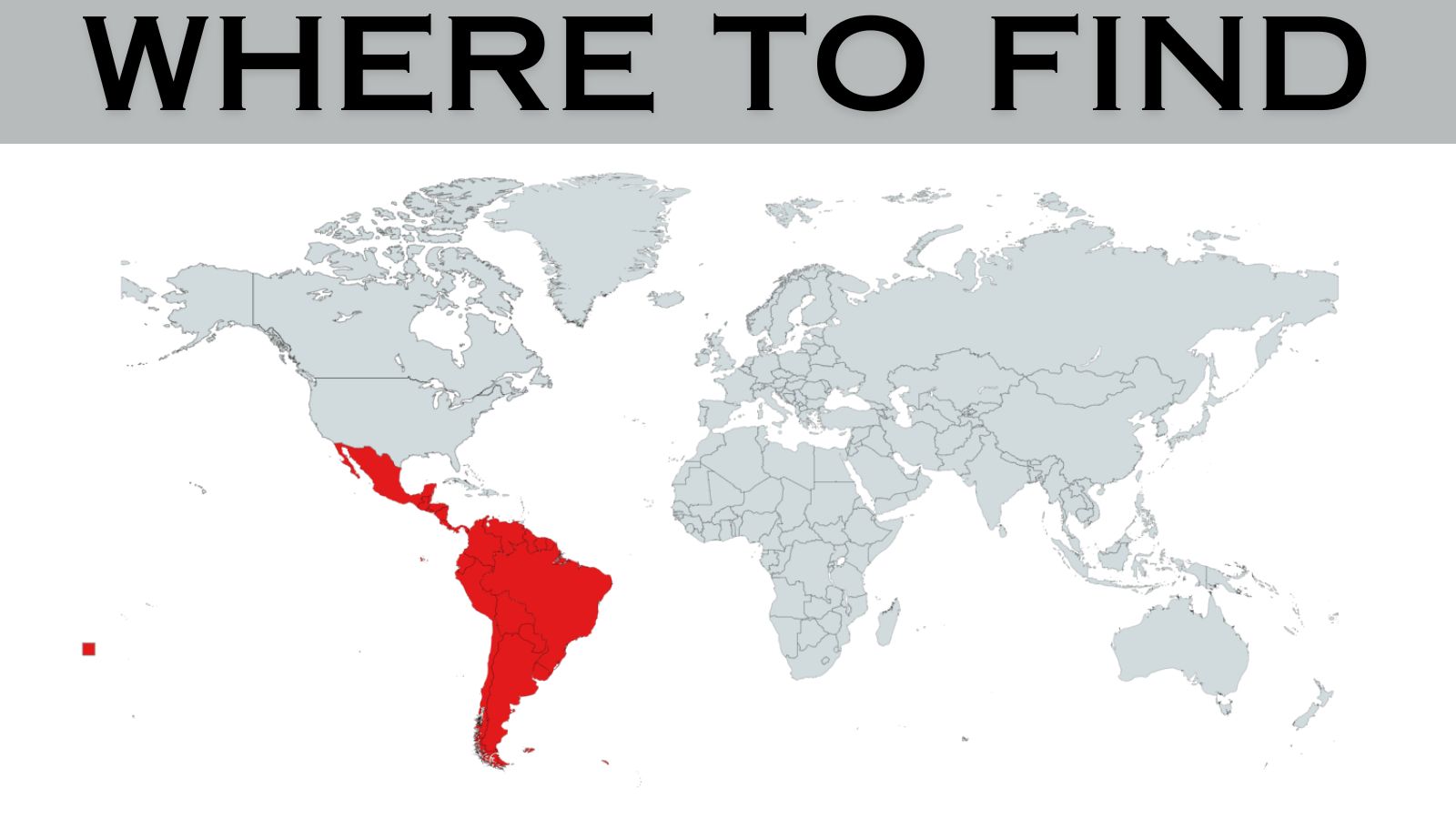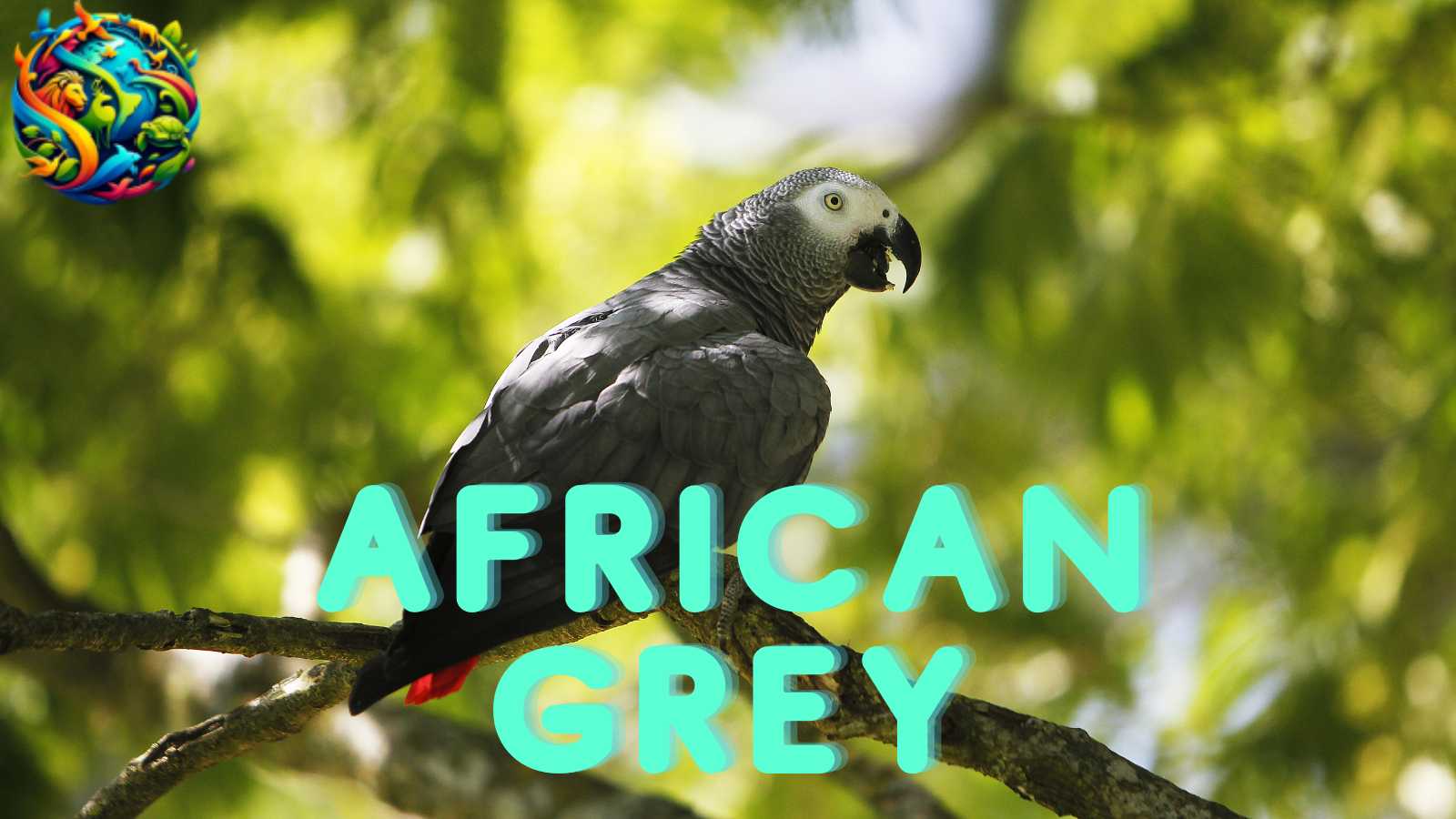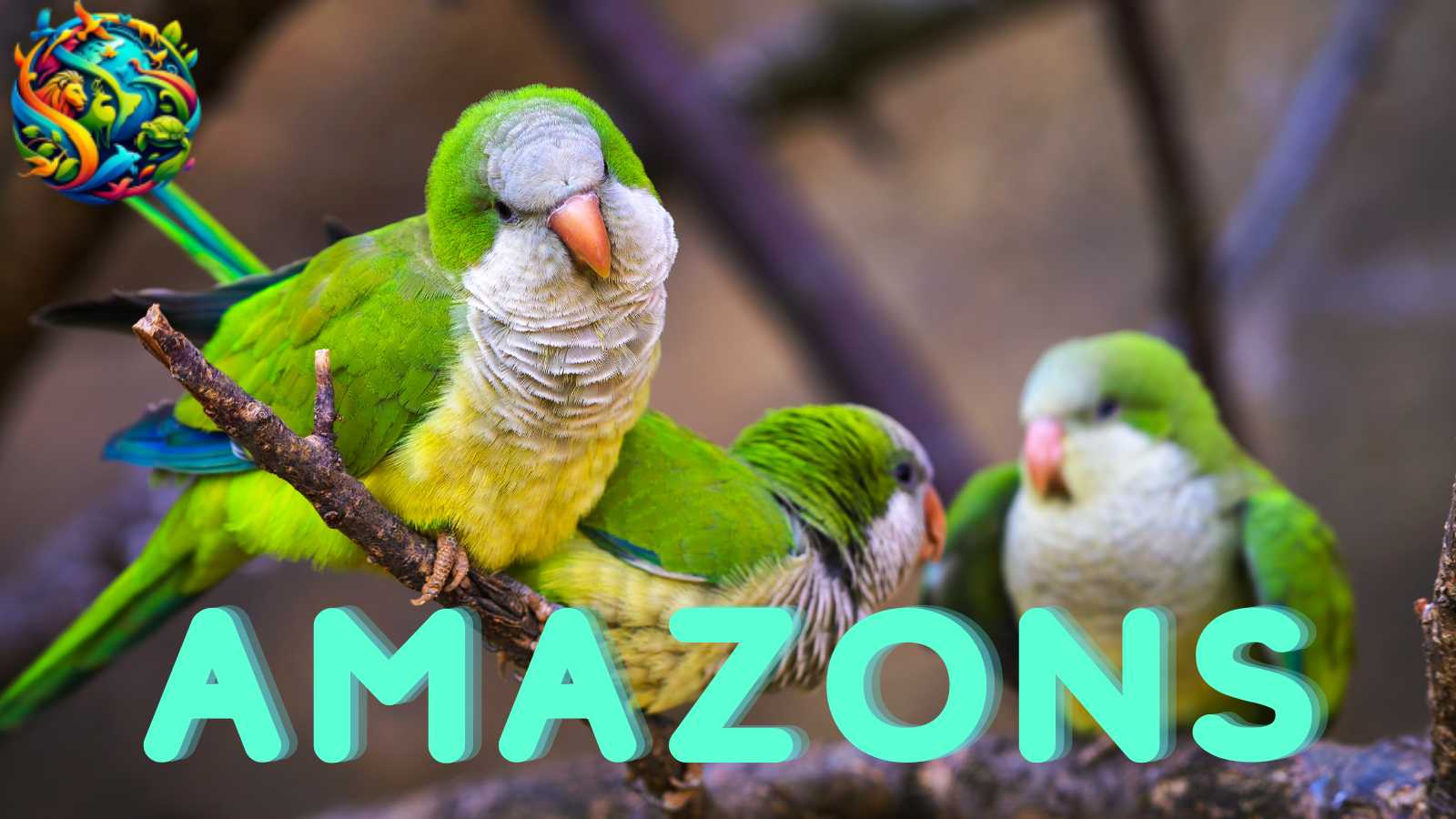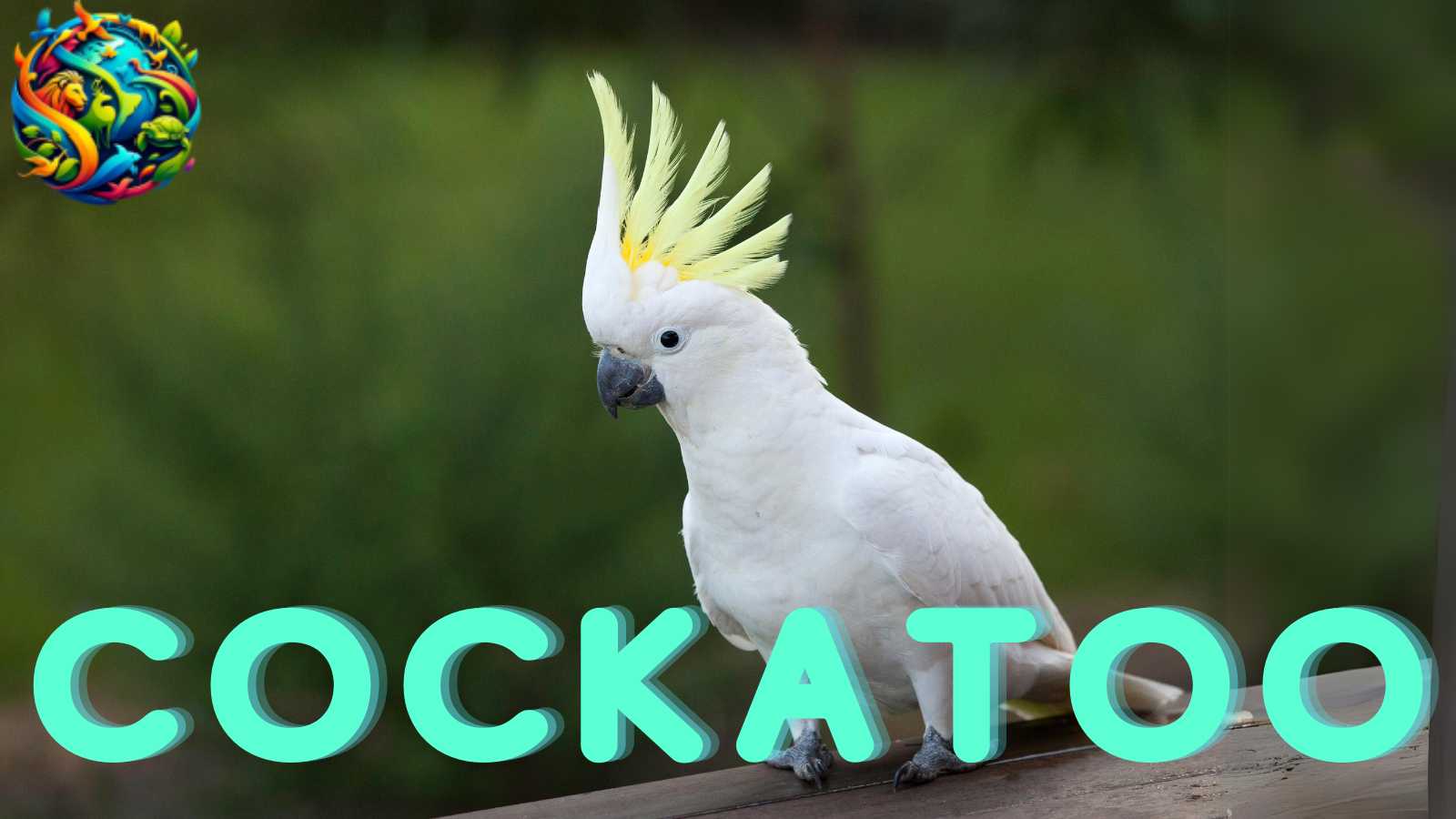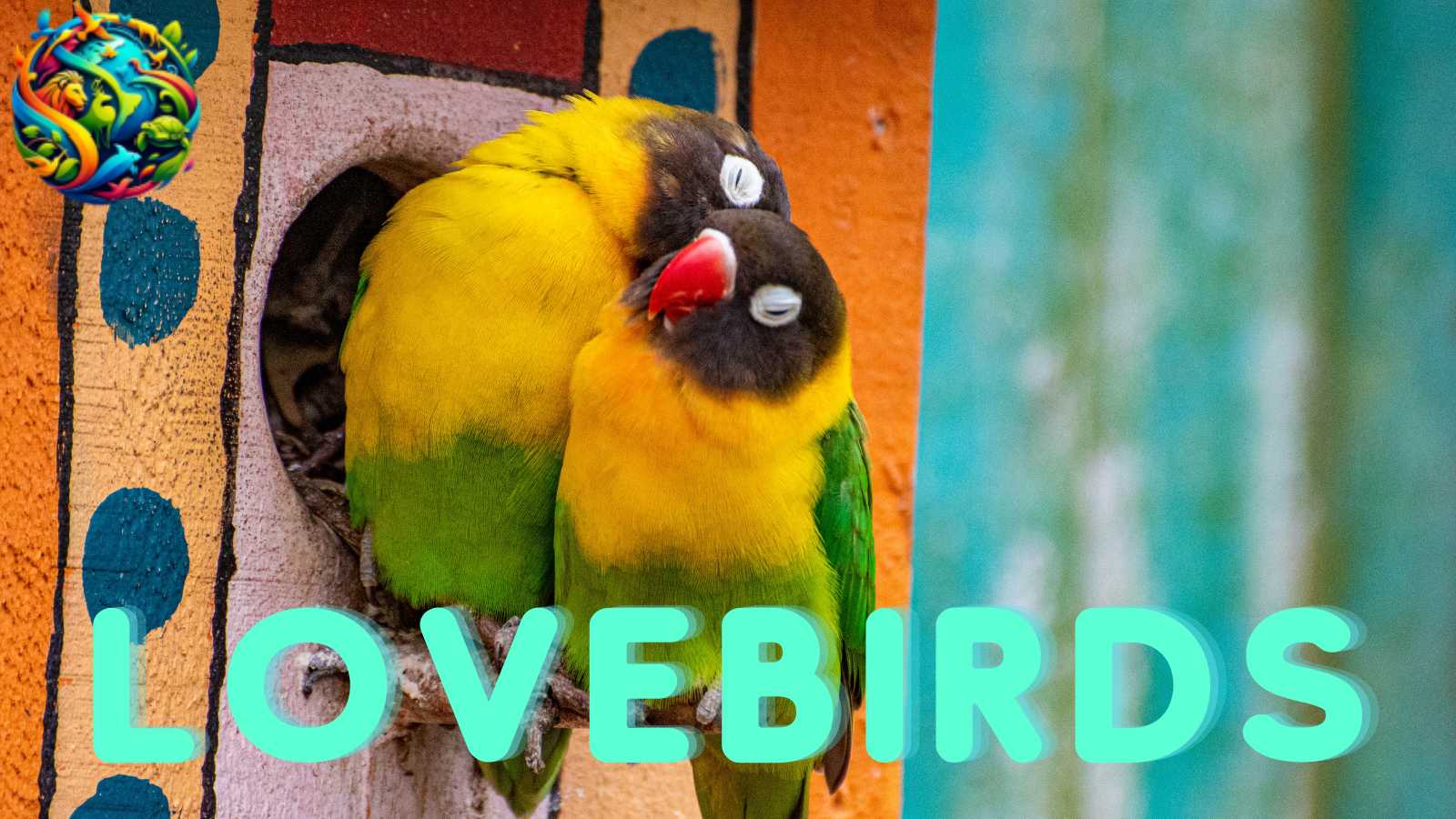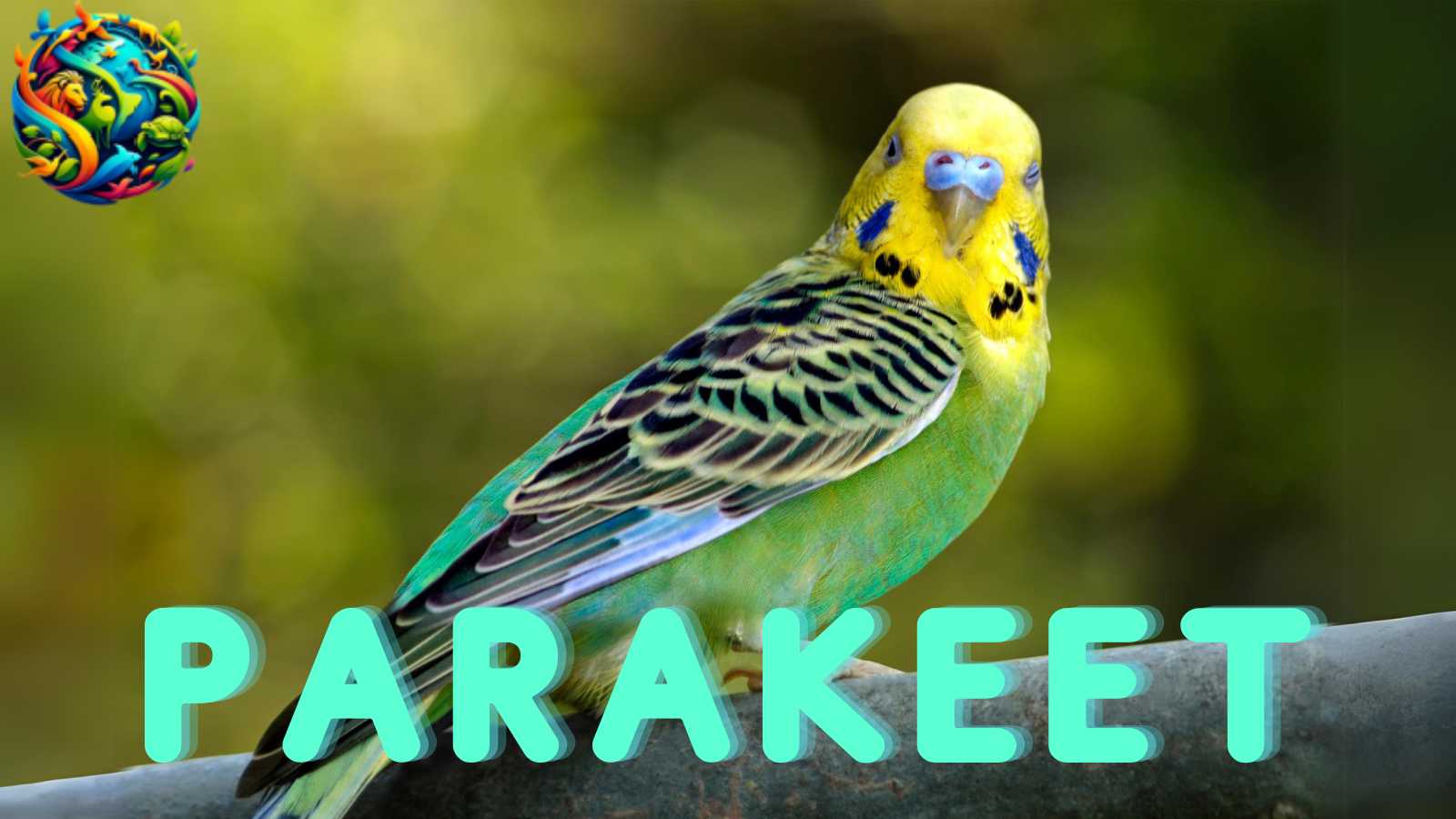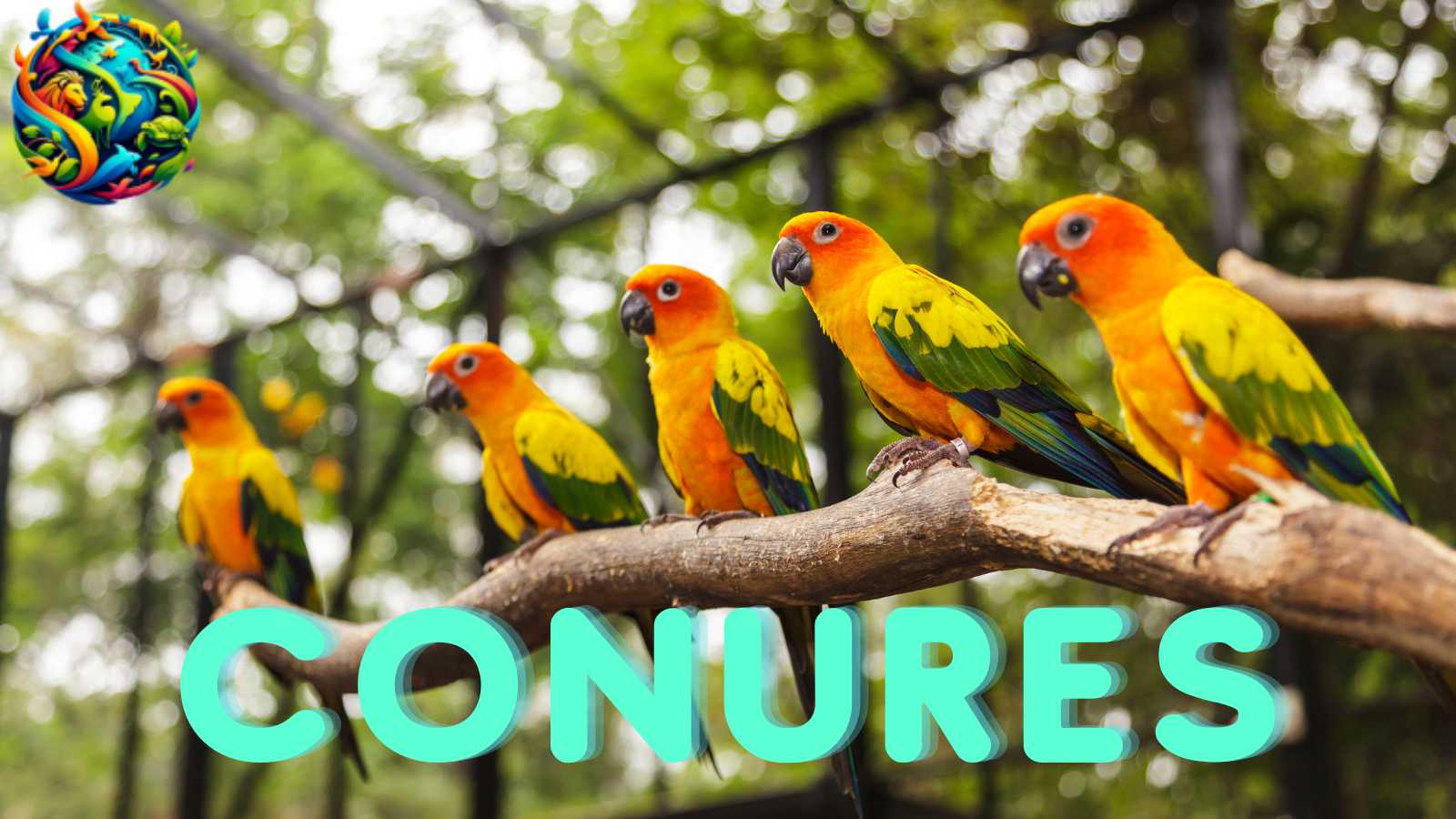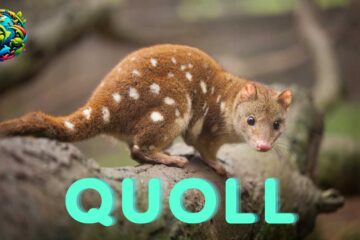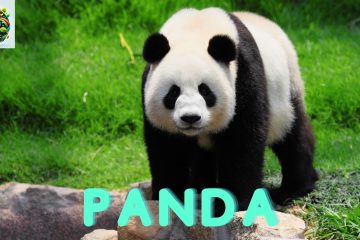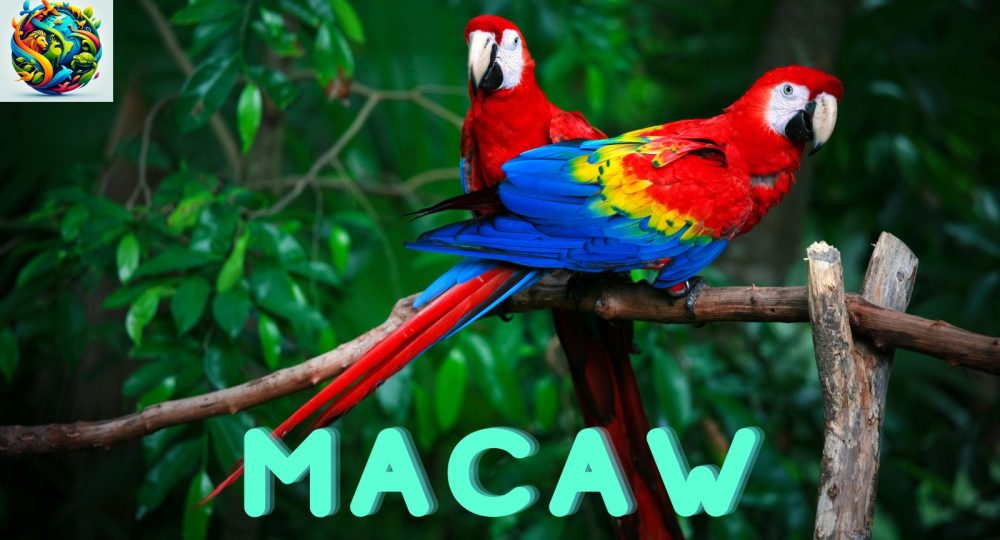
Macaw: The Vibrant Ambassadors of the Rainforest
Macaw: The Vibrant Ambassadors of the Rainforest
Macaws, the most striking members of the parrot family, are celebrated for their impressive size, vivid colors, and intelligence. Native to the rainforests of Central and South America, these birds play a pivotal role in their ecosystems, acting as seed dispersers and indicators of forest health. This article delves into their enchanting world, shedding light on their habits, habitats, and the conservation efforts vital for their survival.
Introduction
They are a genus (Ara) of large parrots that have fascinated humans for centuries. With their long tails, strong beaks, and brilliant plumage ranging from blues and greens to reds and yellows, they are among the most colorful creatures in the animal kingdom. Despite their beauty, many species face threats from habitat destruction and the illegal pet trade, making their conservation a critical concern.
Amazing Fact
One of their most extraordinary abilities is their use of tools. Some species, notably the Hyacinth Macaw, have been observed using pieces of wood to help crack open hard nuts and seeds. This behavior highlights their problem-solving skills and places them among the few non-human species known to use tools.
Habitat and Diet
They are primarily found in the dense rainforests of Central and South America, but their habitats range from woodlands to savannahs. They prefer areas with abundant fruit-bearing trees and palms. Their diet consists mainly of fruits, nuts, seeds, and sometimes insects. They play a crucial role in their ecosystems by helping to disperse seeds and pollinate flowers.
Appearance
They are distinguished by their size, with some species, like the Hyacinth Macaw, reaching lengths of up to 100 cm (39 inches) from head to tail. Their feathers are brightly colored, with each species displaying a unique color pattern that aids in identification. The large, curved beak is another characteristic feature, capable of cracking even the toughest nuts.
Types/Subspecies
There are several species of macaws, including:
- Hyacinth Macaw (Anodorhynchus hyacinthinus): the largest macaw, known for its striking blue feathers.
- Scarlet Macaw (Ara macao): recognizable by its red, yellow, and blue coloring.
- Blue and Yellow Macaw (Ara ararauna): Features vibrant blue and yellow plumage.
- Green-winged Macaw (Ara chloropterus): one of the largest species, with red and green feathers.
Each species has its own range and preferred habitat, contributing to the biodiversity of their ecosystems.
Types/Subspecies of Parrots:
Predator and Threat
In the wild, they face threats from birds of prey, but the primary dangers come from human activities. Habitat destruction due to deforestation, illegal logging, and agricultural expansion poses significant risks. Additionally, the illegal pet trade has led to a decline in macaw populations, as they are highly sought after for their beauty and intelligence.
Mating and Social Structure
They are known for their strong pair bonds, often remaining with a single mate for life. They engage in mutual grooming and share food, reinforcing their bond. Nests are typically built in tree cavities or cliff faces, where females lay 2-3 eggs. Both parents share in the care of the young, who have been dependent for several months.
How They Communicate
They are highly vocal, using a variety of squawks, screams, and calls to communicate with each other. These sounds can convey alarm, identify individuals, and strengthen social bonds within the flock. They also use body language, such as feather fluffing and beak grinding, to express emotions.
Conservation Efforts
Conservation initiatives include habitat preservation, breeding programs, and efforts to combat the illegal pet trade. Protected areas and wildlife reserves offer safe havens for macaws, while education and ecotourism aim to raise awareness and generate support for their conservation. Rehabilitation centers and release programs also play a vital role in returning rescued macaws to the wild.
Pronunciation in Different Languages
- Spanish: guacamayo
- French: ara
- Mandarin: 金刚鹦鹉 (Jīngāng yīngwǔ)
- German: Ara
- Portuguese: arara
Macaws are not just a symbol of the tropical rainforest’s beauty and diversity; they are also ambassadors for conservation, reminding us of the interconnectedness of all life and the importance of protecting our planet’s natural habitats.
Other Top 10 Longest Living Animals
FAQs
What is the lifespan of a macaw?
- Answer: They have long lifespans, with some individuals living up to 60 years or more in captivity. In the wild, their lifespan is slightly shorter due to predation and environmental factors.
Can macaws talk like other parrots?
- Answer: Yes, they are capable of mimicking human speech and sounds, although their ability to “talk” varies among individuals and species. They are highly social and enjoy interactive communication.
How can I help in the conservation of macaws?
- Answer: Supporting reputable conservation organizations, advocating against the illegal pet trade, and promoting habitat preservation are effective ways to contribute to the conservation of macaws. Educating others about the importance of these birds to their ecosystems can also make a difference.

